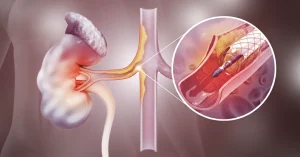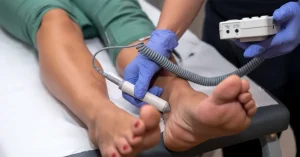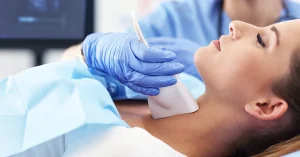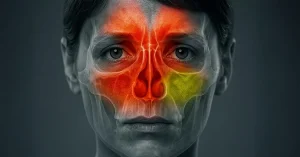Interventional Radiology
Modern, Minimally Invasive, Image-Guided Treatments
Home » Interventional Radiology
Conditions Treated
Vascular diseases
Complex Vascular Diseases
- Aortic dilatation and other aortic pathologies
Interventional Vascular Procedures
- Aortic Stent Graft Implantation
- Peripheral Artery Angioplasty
- Renal artery angioplasty
- Angioplasty and Stenting for Arterial Ischemia
- Aortic Aneurysm / Treatment Dilated Aorta
- Vascular embolization for dysfunction
- Mesenteric Artery Angiography and Angioplasty
- Venous Angioplasty
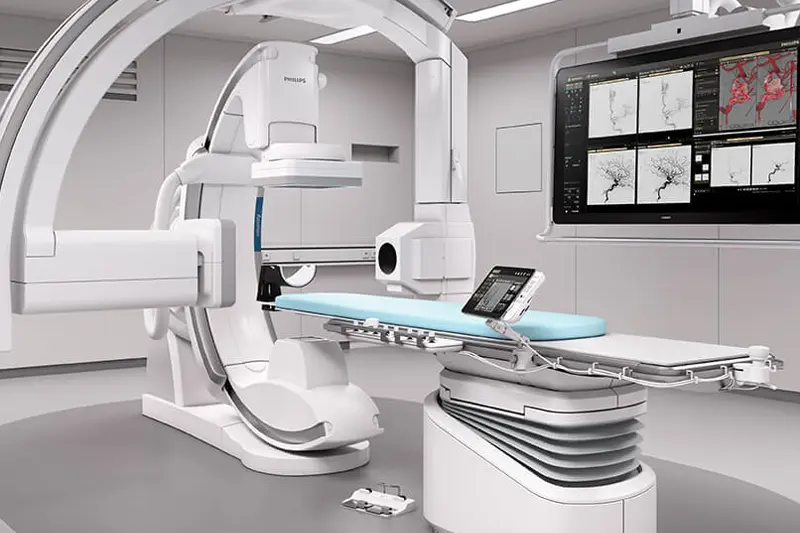
Interventional radiology represents one of the most advanced methods in current medicine, offering a broad range of minimally invasive therapies for peripheral arterial disease. Specialists use devices such as stents, stent grafts, balloons, and catheters to widen narrowed peripheral arteries. Embolization is also a frequently used technique where an interventional radiologist deliberately blocks abnormal blood vessels that cause dysfunction or bleeding.
These interventional radiology procedures significantly improve patients’ quality of life by reducing symptoms and lowering complication risks compared to traditional open surgeries.
Book an Appointment
What Does Interventional Radiology Involve?
Using sophisticated imaging technologies and a variety of minimally invasive instruments, medical professionals can precisely diagnose and treat peripheral arterial disease with less trauma than conventional methods. All procedures are performed under radiologic or ultrasound guidance. Common treatments include:
- Aortic aneurysm treatment to manage a dilated aorta;
- Vascular embolization to address abnormal blood vessel dysfunctions;
- Angiography and angioplasty of mesenteric arteries;
- Venous angioplasty for complex vein obstructions.
Advanced Technologies and Precise Diagnostics
VenArt Clinic distinguishes itself through the use of cutting-edge equipment and techniques for diagnosing and treating cardiovascular and peripheral vascular diseases. Our advanced technologies include:
- Angiography: High-resolution imaging to visualize arteries and veins, helping detect blockages or malformations;
- Angioplasty: Balloon dilation of narrowed arteries or veins, often combined with stent placement;
- Stent grafts: Specialized stents designed to repair aneurysms and reinforce vessel walls;
- Embolization: Targeted blockage of abnormal blood vessels to treat dysfunctions or bleeding;
- Advanced catheters: Provide minimally invasive, safe access for precise treatment delivery.
Advantages of Minimally Invasive Procedures
- Reduced risk: These procedures cause minimal trauma and are associated with very low complication rates;
- Short recovery time: Most patients return to daily activities rapidly;
- Precise results: Image-guided interventions ensure targeted and effective treatment;
- Increased comfort: Procedures are generally less painful and leave minimal to no visible scars.
When Is Interventional Radiology Recommended?
- Patients with vascular conditions who cannot undergo conventional surgery;
- Those seeking minimally invasive treatment options with faster recovery;
- Cases requiring localized, highly precise therapeutic intervention.
What Can You Expect as a Patient?
Interventional radiology procedures are typically quick and well tolerated, causing minimal discomfort. Many patients are able to return home on the same day or after a short hospital stay.
Why Choose VenArt Clinic?
At VenArt Clinic, your well-being comes first. Here’s why patients from around the world choose us:
- Interdisciplinary Collaboration: Our interventional radiologists work closely with vascular surgeons, cardiologists, endocrinologists, and gynecologists to provide comprehensive and tailored care.
- Modern Technology: We utilize state-of-the-art diagnostic and therapeutic equipment to ensure accurate and effective treatments.
- Personalized Approach: Each treatment plan is customized to meet the unique needs and circumstances of every patient.
- Safety and Efficiency: Our strict medical protocols and high standards guarantee optimal outcomes and patient safety.
Schedule a consultation at VenArt Clinic to explore personalized, minimally invasive vascular treatment options tailored to your needs.
Medical Team
Frequently Asked Questions
What are the most common heart diseases?
The most common heart conditions include:
- Coronary artery disease (narrowing of the coronary arteries);
- Heart failure (inability of the heart to pump blood efficiently);
- Arrhythmias (heart rhythm disturbances);
- Hypertension (high blood pressure);
- Valve disease (damage to the heart valves).
What is a heart attack, and what are its symptoms?
A heart attack, or myocardial infarction, occurs when blood flow to a part of the heart is blocked, resulting in damage to the heart muscle. Symptoms include severe chest pain, which may radiate to the left arm, neck, or jaw.
What symptoms should prompt a cardiology appointment?
You should consult a cardiologist if you experience:
- Chest pain or discomfort;
- Palpitations or irregular heartbeat;
- Shortness of breath, especially during physical activity;
- Dizziness or fainting;
- Excessive tiredness for no apparent reason;
- Swelling in the legs, ankles, or abdome
What risk factors contribute to cardiovascular disease?
The main risk factors include:
- Smoking;
- High blood pressure;
- High cholesterol;
- Diabetes;
- Obesity;
- Physical inactivity;
- Family history of heart disease;
- Excessive stres.
What is cholesterol, and how does it affect the heart?
Cholesterol is an essential fatty substance for the body, but high levels can lead to deposits building up on artery walls, narrowing them and increasing the risk of coronary heart disease and heart attack.
How often should I have my heart checked?
The frequency of check-ups depends on your age, risk factors, and medical history. People over 40 years old or with risk factors should have an annual check-up. The cardiologist will establish an appropriate program for each patient.

